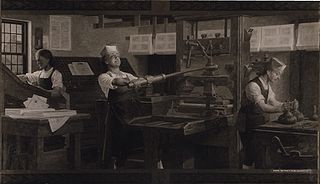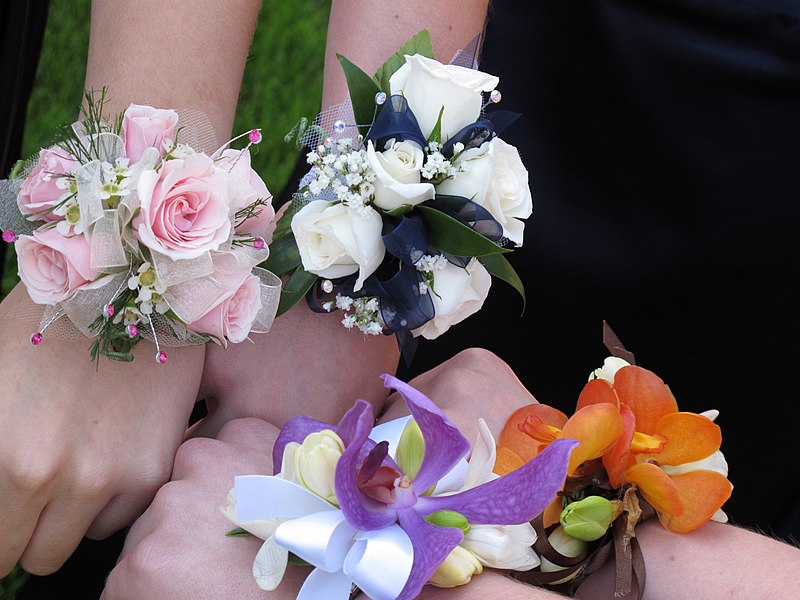 |
| "SilverBill" Bill Tillman |
Here is the winning entry: A billow of French erupted from the kitchen area of The Blue Boiling Point Café. Lydia knew that meant one thing. Gérard, the executive chef, had boiled something to non-edible. The passionate Frenchman would now storm around his kitchen with red ears. The ears were always a sign of: MAD CHEF ON THE BOIL, as if painted on his barrel like chest.
Far worse the lobsters would be in a very snappy mode, endangering all the understudy chefs with possible loss of an important digit. It all started with moon eyed Michele, her heart was captured by bumbling Bérnard the busboy. Oh yes, Bérnard was indeed handsome and built like a Chicago Bear. Which in fact of a trail broken dishware, bent cutlery and such had earned him the name of Bérnard Bear.
Now Gérard had spied Bérnard fiddling with the range knobs! The natural conclusion was that Bérnard had turned up the heat on the lobsters. Poor Bérnard had only wiped the knob because it was smeared with tomato paste.
“But, but, but Master Chef Gérard I only wiped the knob because it was covered in red tomato paste.” Pleaded Bérnard as he towered a foot above Chef Gérard and shuffled from foot to foot.
What! Someone has not washed their hands before handling food or cooking instruments! It had to Héctor, Chef Gérard’s cousin. Héctor had a bad habit of sampling everything by thumb when no one was looking.
“Héctor!” Bellowed Gérard, the executive chef. “What have you done to my precious lobsters?” Héctor looked panicked, his head swung from side to side looking for a place to escape. “Uncle Gérard I just turned down the water the poor lobsters were going to boil. I would not want it on my conscience to have murdered the lobsters.”
With a great sigh Gérard stood up straight and addressed his nephew. “Héctor, you did not turn the knob down or off. What you did was to turn to the right, thus turning the knob to maximum. Why you worried about the lobsters being boiled? The are not to be eaten unless they have been boiled to perfection.”
“This is how our customers want their lobsters, boiled and half shelled!” Gérard squeaked in the voice of one driven to exasperation. “This is not a shelter for lost lobsters, non, non mon ami this is where people come to eat famous Blue Boiling Point Café seafood cuisine.”
“I know uncle, but it just seems unfair to the lobsters. No one asked them if they wanted to be someone’s lunch or dinner. They have a right to live free of human cannibals.” Héctor pleaded with his uncle with hopeful eyes brimming with unshed tears.
“Héctor I am going to send you on a Lobster boat tomorrow, I want you to see the hard work it takes to catch lobsters. Then you can tell me what you think. Okay?” Gérard said gently to Héctor, he wanted him to understand about catching & eating lobsters.
Bill Tillman
Christian YA Historical
This could be you next month! Be watching for our prompts, usually found at the end of our Tuesday posts. Using the prompt, write a short, short story in our comments section. You can enter each week during the month, using that week's prompt. At the end of the month, a winner will be chosen. The winning short story will be showcased in our final post of the month.
We request that winners wait at least a month before entering another contest.




























